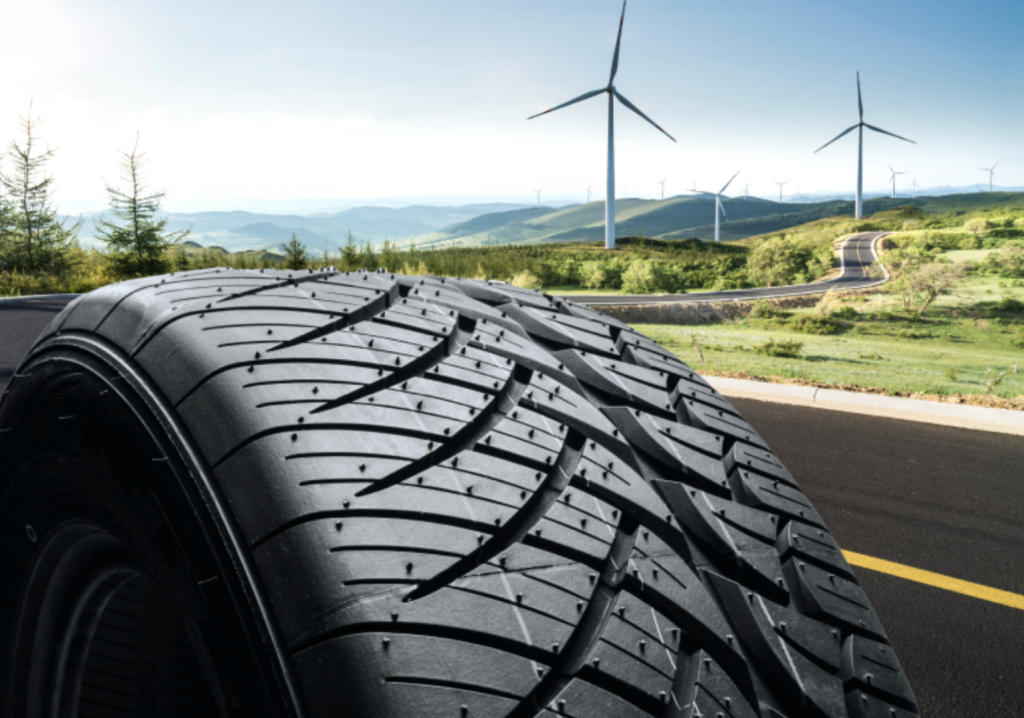
Construction, manufacturing, transport and the food industry put the greatest pressure on the planetary boundaries. Here’s how countries can reform their thinking to achieve maximum circularity.
By Lachlan Haycock, Joseph Harding and Chris Sheedy
What goes around comes around – except in key industries that use far more than they reuse or reinvest into the cycle of production.

More than 500 trillion t of materials have been consumed in the past six years – almost as much as the entire 20th century. This continues to rise. The built environment, manufactured goods, transport and the global food system are among the industries contributing the most to this imbalance.

The Circularity Gap Report 2024, an initiative of Circle Economy, outlines the poor performance across multiple metrics and countries. It says that of the nine “planetary boundaries” that measure the environment’s health, six have been broken due to the “take-make-waste” economy.
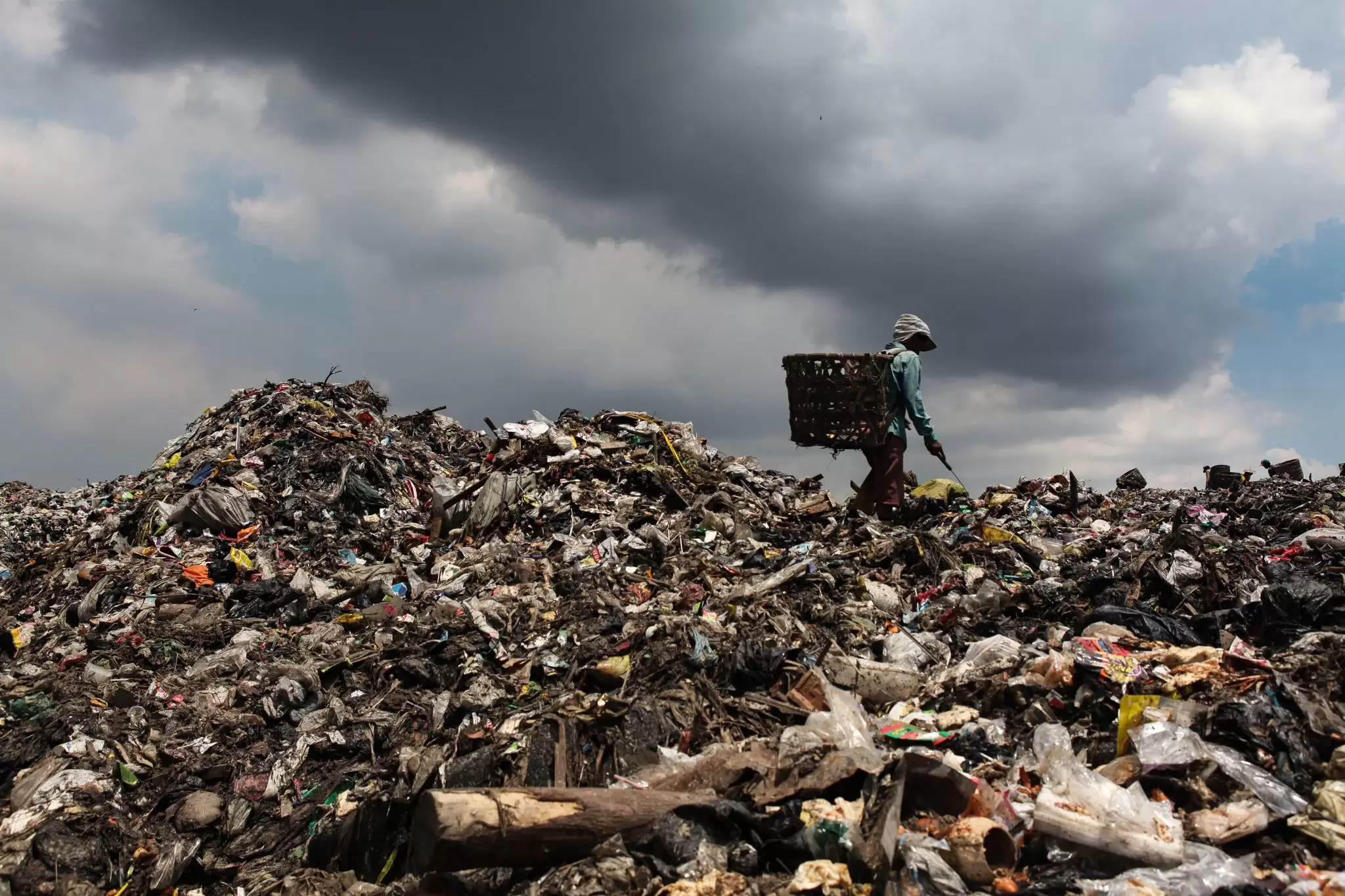
Overshooting these boundaries – which includes factors such as inaction on climate change, and excessive use of freshwater and land – has a deleterious impact on the environment.
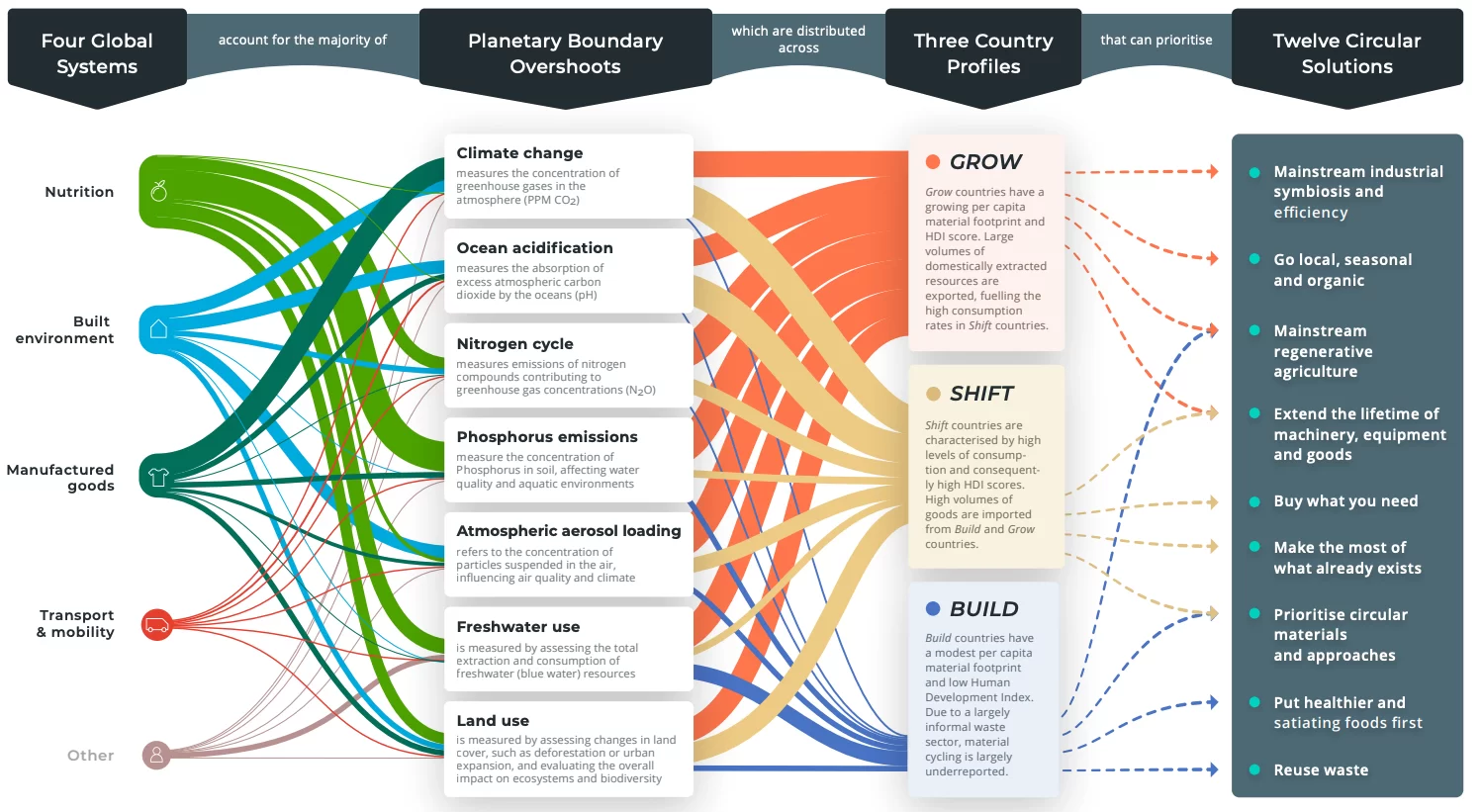
Solutions exist, however, and vary across countries. Let’s break down how the approach that Australia should take to closing the circularity gap may differ from China or the Philippines, for instance.




The Circularity Gap report categorises countries according to how significant a contribution they make to overshooting the planetary boundaries across industries, using Shift, Grow and Build categories. Each has its own pathway to closing the loop.
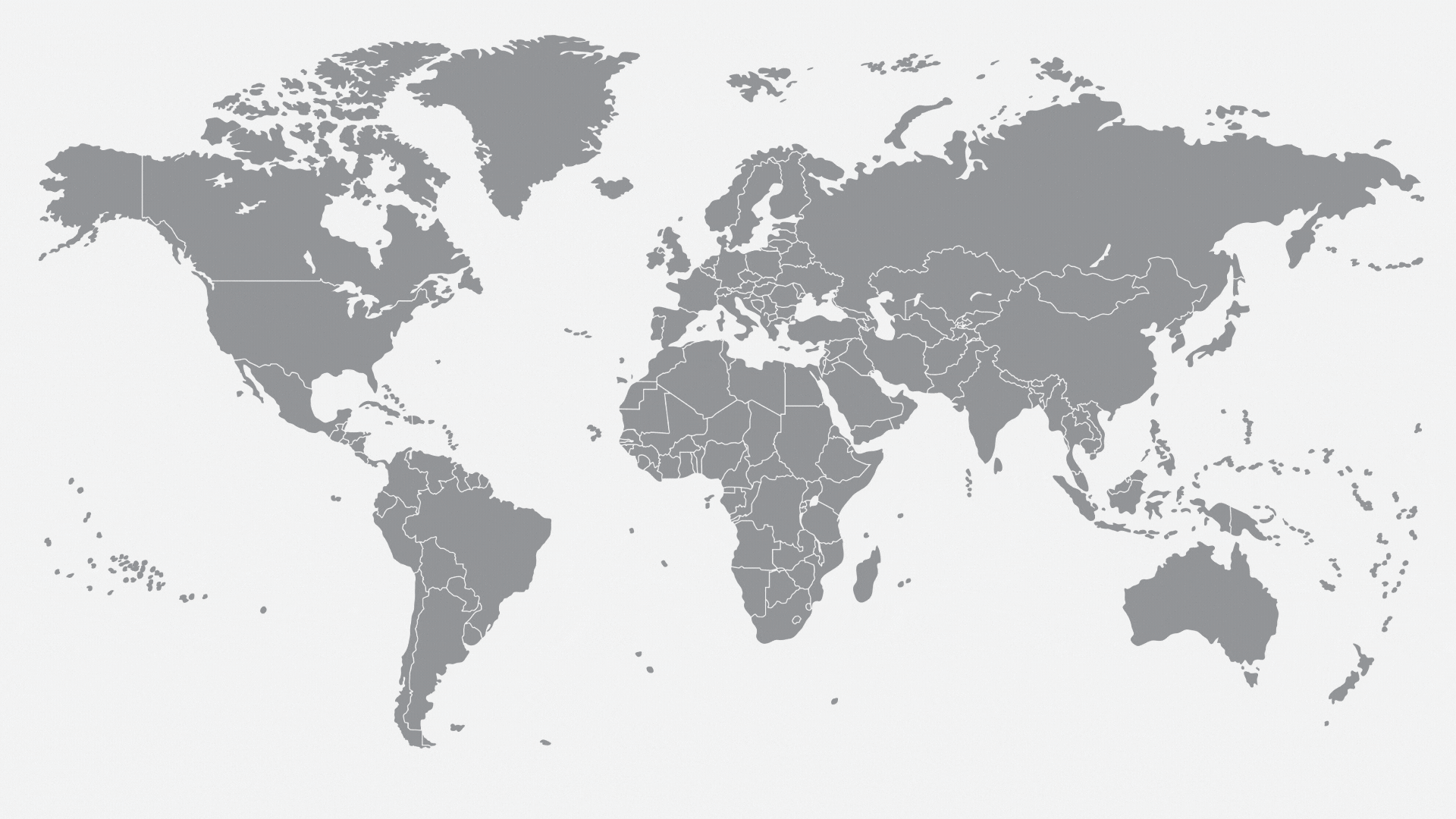
Shift countries
Examples: Australia, Canada, Japan, the UK, the US
The report says: “[Shift countries] consume far more than their share of materials. Despite housing around 17 per cent of the global population, they consume one-fourth (25 per cent) of raw materials, and consume the most nonmetallic minerals and fossil fuels per capita of all country profiles … They also generate 43 per cent of global emissions.”
Contribution to planetary boundary overshoot:
Action points:
Extend the lifetime of machinery, equipment and goods. “Shift countries must rethink their consumption patterns and transform their lifestyles, eschewing consumerism in favour of sufficiency-based approaches.”
Prioritise circular materials and approaches. “In 2018, stock build-up alone represented 40 per cent of Shift countries’ material footprint. This would increase even more if we were to include materials used to operate buildings post-construction.”
Grow countries
Examples: Brazil, China, Indonesia, Mexico, Vietnam
The report says: “[Grow countries] account for 51 per cent of the material footprint, while housing around 37 per cent of the global population. Their average per capita material footprint is 17 t per year. While these countries contribute 41 per cent of global emissions – almost as much as Shift countries – their share of the global population is double that of Shift countries.”
Contribution to planetary boundary overshoot:
Action points:
Go local, seasonal and organic. “As well as increased meat and processed food consumption, food waste is also on the rise, especially in the postconsumer stage.”
Reconsider mainstream industrial symbiosis and efficiency. “Decades of rapid, export-driven industrialisation and low-cost labour have made their mark on these countries: now, transforming their manufacturing systems will be key to reducing environmental impacts while advancing social progress.”
Build countries
Examples: Bangladesh, Ethiopia, Nigeria, Pakistan, the Philippines
The report says: “[Build countries] account for 18.5 per cent of the global material footprint, despite being home to almost half (46 per cent) of the population. Their material footprint per capita is just five tonnes per year—less than the estimated sustainable level of eight tonnes per person per year. Similarly, they contribute a relatively small share of global emissions: just 17 per cent.”
Contribution to planetary boundary overshoot:
Action points:
Embrace mainstream regenerative agriculture. “The countries’ economies are largely agricultural-based, with biomass accounting for nearly half of their total material consumption. Agriculture claims a large share of employment: four to six out of 10 people are employed by the sector.”
Reuse waste. “Unchecked urbanisation and the resulting urban sprawl of informal settlements is often linked to poverty, contaminated water, biodiversity loss and more.”




When the current government won power, ministers were very clear that the circular economy was a priority, according to Engineers Australia CEO Romilly Madew AO FTSE HonFIEAust EngExec, who is also a member of the Circular Economy Ministerial Advisory Group (CEMAG).
“The role of CEMAG is to provide high-level advice to the Minister,” Madew said. “Tanya Plibersek, the Minister for the Environment and Water, comes to all meetings, and she usually brings another Cabinet minister as well, because it’s not just an issue for her department.
“Sector plans are being developed by the government, and we help make sure they take into account the circular economy.”
It’s not just the government taking charge of driving the circular economy. Engineers Australia is launching multiple Climate Smart Engineering initiatives aimed at improving awareness and the capability of engineers.
CEMAG is due to submit a final report to the Minister by the end of 2024.
To encourage change at a university education level, Madew has met with the Australian Council of Engineering Deans to discuss the importance of circularity, and how the topic can be worked into curricula.
“At Engineers Australia, an important task is demystifying circular construction among engineers.
“We have become comfortable with safety and sustainability. The profession now needs to recognise that the circular economy must be part of the vernacular when we’re talking about climate change and sustainability.
“Our role is to boost skills as rapidly as possible in the profession so engineers understand all the elements of circularity and bring that into their mindset when they’re designing products and processes, designing out waste, rethinking project planning and innovating.”
Success stories
An Engineers Australia submission to the Productivity Commission outlines a series of success stories outlining how companies are making significant circular gains:
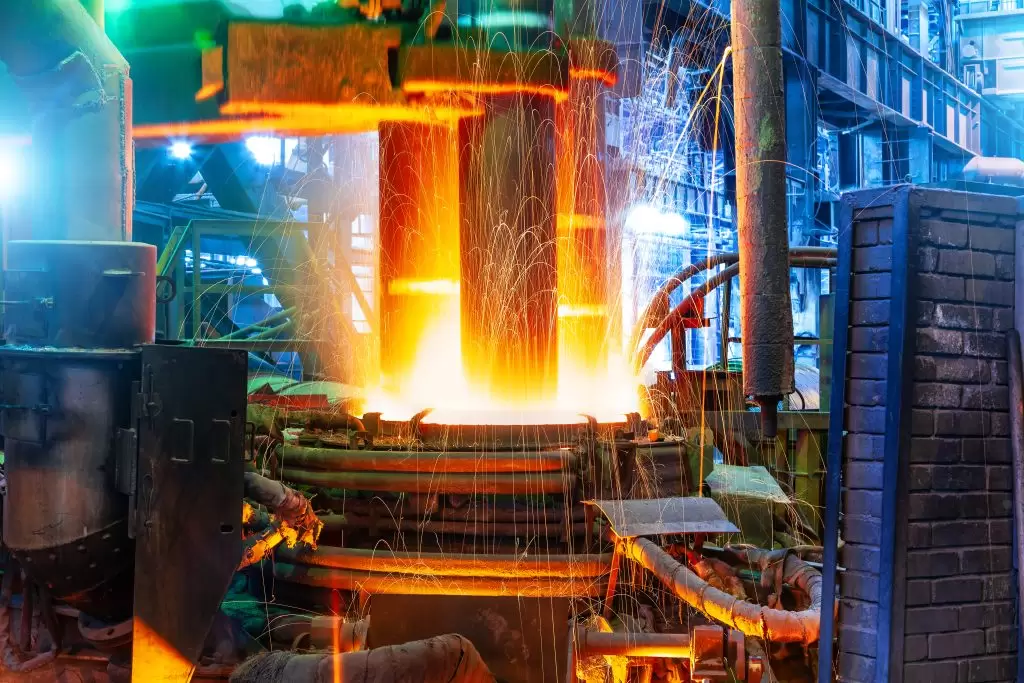
Collie Green Steel Mill
Western Australia is set to become home to the country’s first green steel recycling mill in Collie, expected to begin operations in 2026. Green Steel Western Australia’s $400 million facility will process 400,000 t of scrap steel annually, converting it into long steel products such as rebar, with minimal environmental impact.
The electric arc furnace technology will be powered by renewable energy, cutting carbon dioxide emissions by an estimated 562,000 t per year compared to traditional methods. It highlights how engineering innovation can support circular economy principles by reusing existing materials and reducing reliance on raw resources like iron ore.
Climate repair via infinite plastic recycling
Samsara Eco is pioneering a method to break plastics down into their fundamental components, offering an innovative recycling solution that helps cut emissions by minimising plastic waste in landfills. In collaboration with the Australian National University, Samsara has developed a process that enables the endless recycling of plastic through the use of enzymes, which break the material into its core components, allowing it to be remade repeatedly.
This method involves modified enzymes that swiftly degrade plastic into smaller molecules, ensuring that the recycled material retains the same structural quality as new plastics.

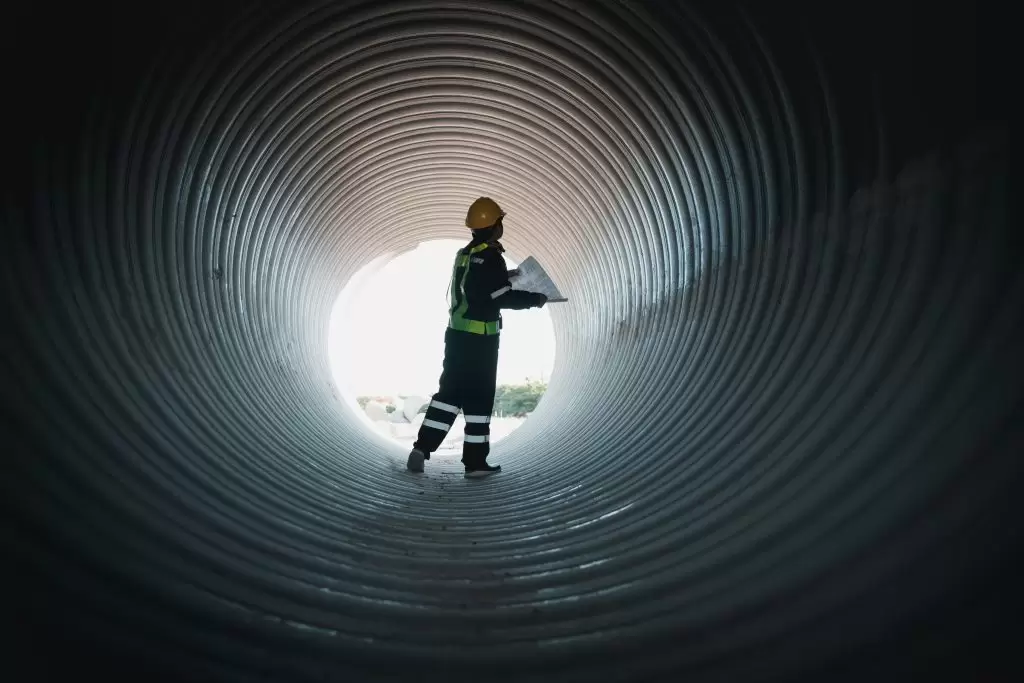
Circular industrial precinct
Circular Ecosystems Pty Ltd is transforming industrial precincts and regions through a systems-level approach to material, energy, and water flow management. By prioritising value retention within systems, the company creates systemic efficiency through industrial circularity.
Its advanced circular intelligence platform delivers real-time, contextual data for strategic interventions, enabling visualisation and reporting at precinct and regional levels.
Sustainable Buildings Research Centre
The Sustainable Buildings Research Centre, located at the University of Wollongong Innovation Campus, has achieved Living Building Challenge “Living Certified” status – a great example of circular economy success in the built environment.
The Centre has delivered a range of circular initiatives including: a large proportion of reused building materials, including disused telegraph poles, railway tracks, pieces and bridges and components of a demolished house; a high proportion of environmentally certified materials; and close to 100 per cent diversion of construction waste from landfill.




Further reading
Material for this story has been drawn from the Circularity Gap Report 2024, which is licensed under a Creative Commons Attribution-ShareAlike 4.0 International License.

